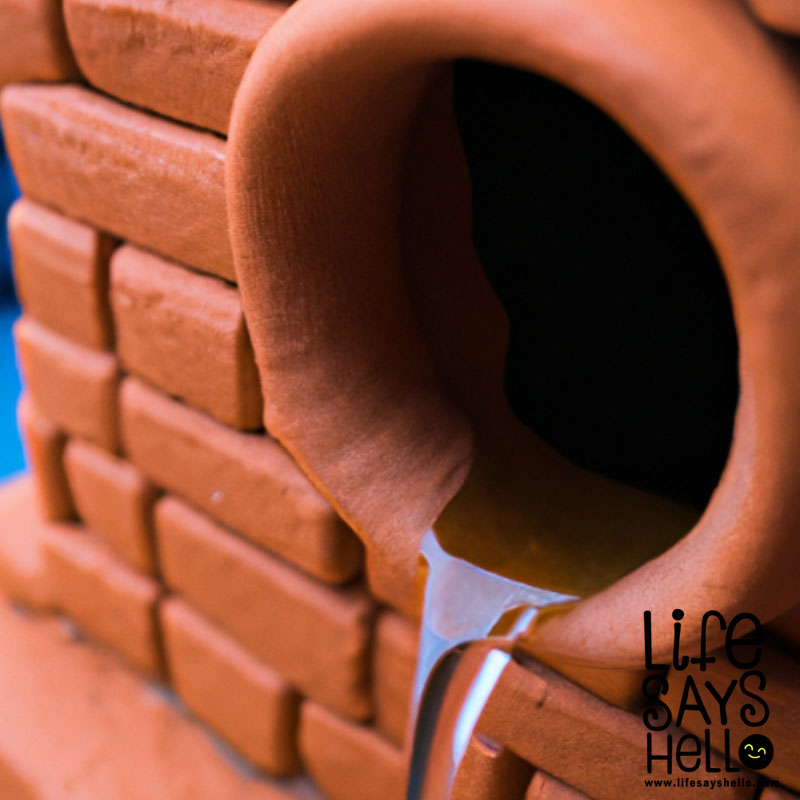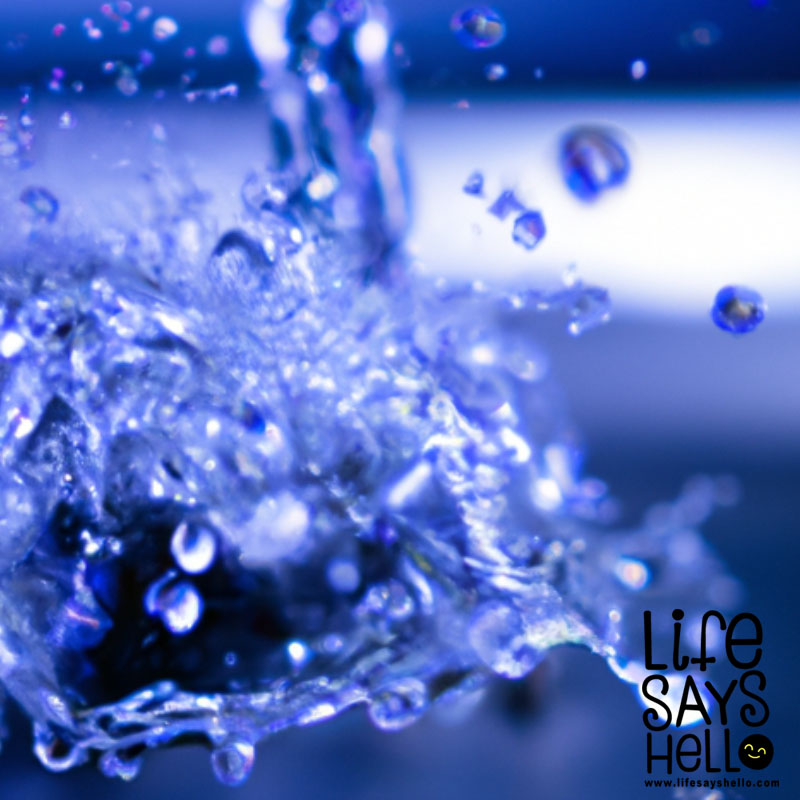Dealing with Water Leaking into Your House from Outside: Who to Call and Essential Steps to Take

When you discover water leaking into your house from outside, it's crucial to act swiftly and effectively to prevent further damage, protect your property, and ensure the safety of your family.
Water leaks can cause significant damage to your home, ranging from structural issues to potential health hazards. To minimize the impact of water leaking into your house from outside, it's essential to identify the source of the leak, take appropriate measures, and call the right professionals for help. In this comprehensive guide, we'll walk you through the necessary steps to handle water leaks and restore your home to its original condition.
Identifying the Source of the Leak
The first step in addressing a water leak is to identify its source. Water can enter your house from various sources, such as broken pipes, faulty roofing, clogged gutters, or poor drainage. Determining the cause of the leak will help you take appropriate action and call the right professionals for help.
Moisture Detection Tools
To detect moisture behind walls and ceilings, you can use a moisture meter or an infrared camera. These tools will help you identify the presence of moisture in areas that are not visible to the naked eye.
Checking Your Water Meter
Another way to identify a potential leak is by checking your water meter. Turn off all faucets and appliances that use water in your home and monitor the water meter. If the meter continues to register water usage, it could indicate a leak in your plumbing system.
Turning Off Water Supply and Electricity
Once you've identified the source of the leak, it's essential to turn off the water supply and electricity to the affected area. This will help prevent further damage and ensure your safety.
Shutting Off the Main Water Valve
If the leak is caused by a burst pipe or a plumbing fixture, you should turn off the main water valve to your house. This valve is typically located near the water meter and should be turned clockwise to shut off the water supply.
Turning Off Electricity
To avoid electrocution or fire hazards, turn off the electricity to the affected area. Locate your home's electrical panel and turn off the circuit breaker that corresponds to the area where the leak is occurring.
Who to Call for Help
Depending on the source and severity of the leak, you may need to call different professionals to fix the problem. Here's a list of experts you may need to contact:
Emergency Plumber
If the leak is caused by a burst pipe, a broken faucet, or a malfunctioning appliance, you'll need to call an emergency plumber. They have the expertise and tools to repair or replace the damaged plumbing components and stop the leak.
Roofing Contractor
When the leak is due to a damaged roof, you'll need the help of a roofing contractor. They can assess the extent of the damage, identify the cause, and repair or replace the affected roofing materials.
Water Restoration Contractor
A water restoration contractor specializes in cleaning up and restoring properties affected by water damage. They can remove excess water, dry the area, and repair or replace damaged materials to restore your home to its original condition.
Waterproofer
If the leak is caused by poor drainage or water seeping through your foundation, a waterproofer can help. They can assess the situation, recommend appropriate solutions, and install or repair drainage systems and waterproofing materials to prevent future leaks.
Insurance Company
You should also contact your insurance company to see if your policy covers water damage and what steps you need to take to file a claim. They can guide you through the process and help you understand your coverage and responsibilities.
Removing Excess Water and Drying the Area
Once you've called the appropriate professionals and addressed the source of the leak, it's time to remove excess water and dry the affected area. This will help minimize damage and prevent mold growth.
Water Removal Tools
Use towels, mops, buckets, or wet vacuums to remove as much water as possible from the floor, walls, furniture, and belongings. Be sure to wear gloves and other protective gear to avoid contact with contaminated water.
Drying Equipment
To speed up the drying process and prevent mold growth, use fans, dehumidifiers, or heaters. Place these devices in the affected area and keep them running until the moisture levels return to normal. You can also open windows and doors to improve ventilation and help the drying process.
Repairing and Restoring the Damaged Area
After the source of the leak has been fixed and the area is dry, you can start repairing and restoring the damaged materials. This process may involve replacing drywall, insulation, flooring, trim, paint, or other items affected by the water.
Assessing the Damage
Before you begin repairs, assess the extent of the damage and determine which materials need to be replaced. You may need to remove damaged drywall, insulation, or flooring to access and repair the underlying structures.
Replacing Damaged Materials
Once you've identified the materials that need replacement, purchase the necessary supplies and begin the repair process. Be sure to follow proper installation techniques and use appropriate tools and materials for the job.
Sanitizing and Deodorizing
After repairing and replacing damaged materials, sanitize and deodorize the area to eliminate any odors or bacteria. You can use commercial cleaning products or a mixture of bleach and water to clean surfaces and remove any lingering contaminants.
Conclusion
Water leaking into your house from outside can be a stressful and costly situation. However, by following these steps, you can minimize the damage and restore your home to its original condition. Remember, the key is to act quickly, call the appropriate professionals, and take the necessary precautions to ensure your safety and the well-being of your property.




Comments